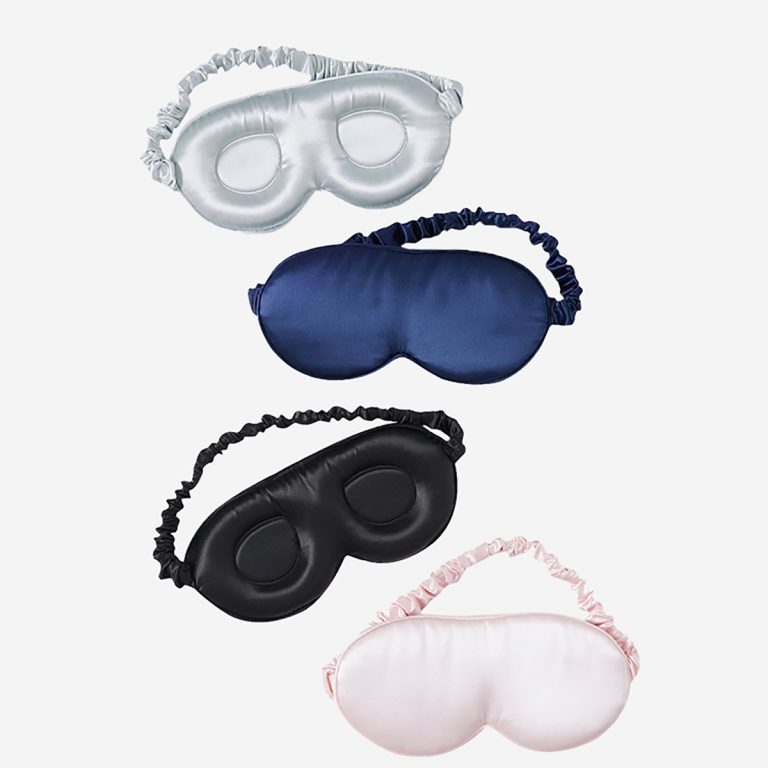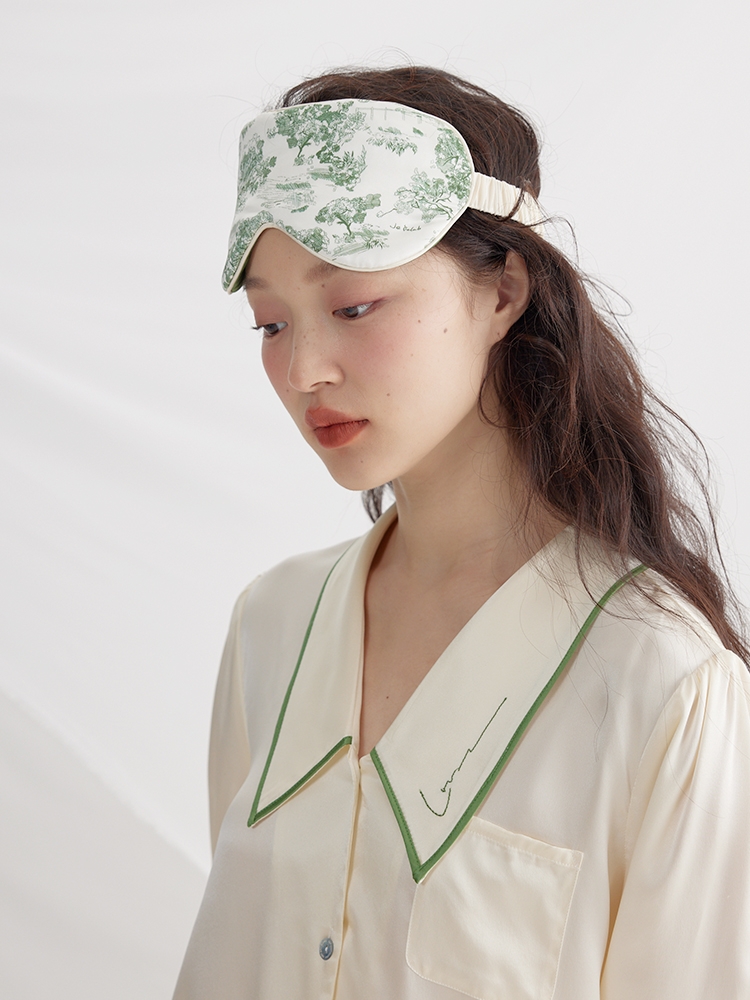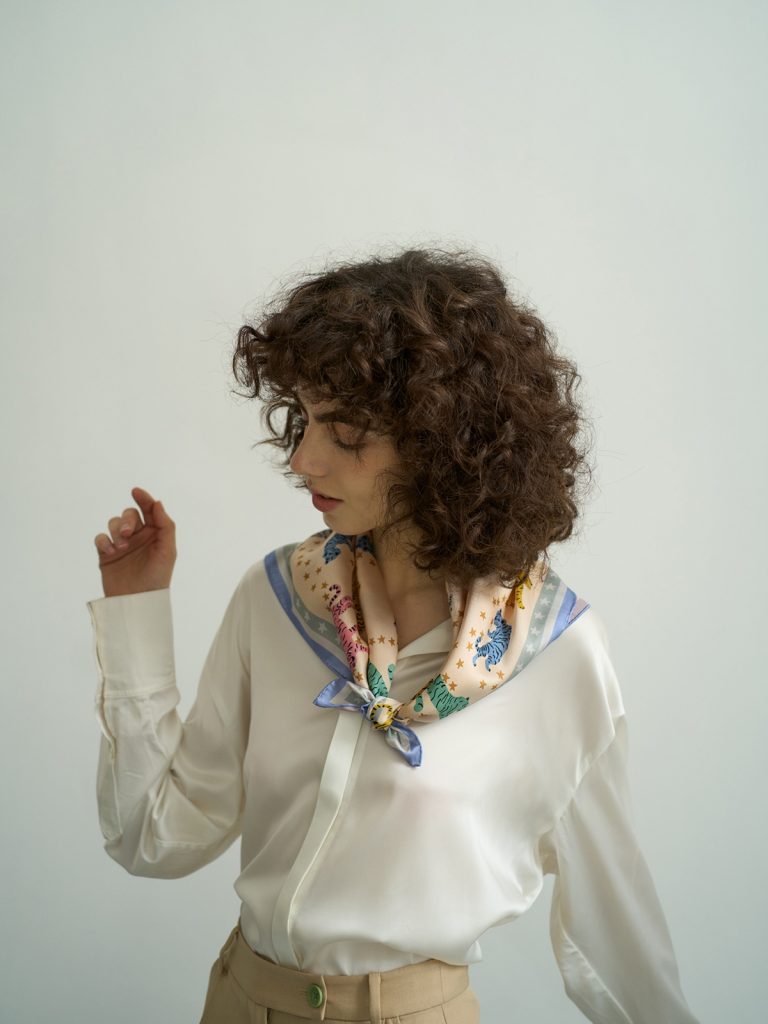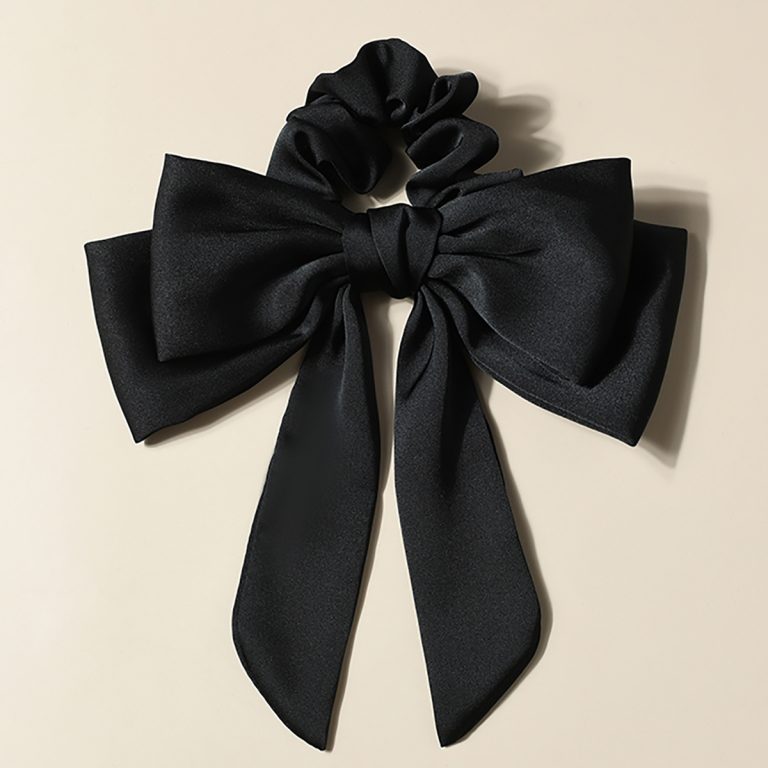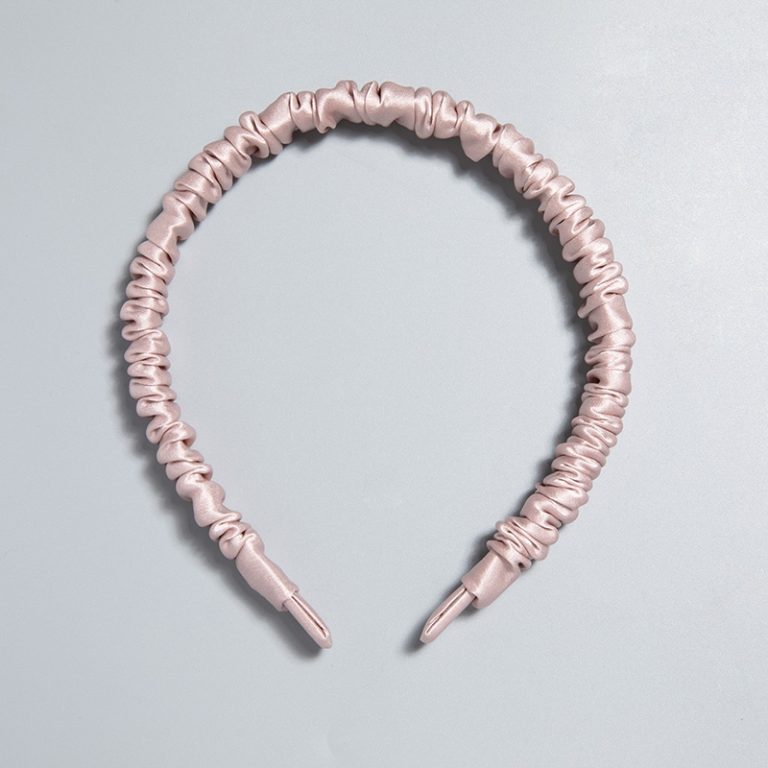Table of Contents
The Process of Creating Mulberry Silk Scarves at a Silk Hat Factory
Silk has long been considered a luxurious and highly sought-after fabric, known for its softness, sheen, and durability. One of the most popular uses of silk is in the creation of scarves, which are not only fashionable accessories but also serve practical purposes such as keeping the neck warm or adding a pop of color to an outfit. Mulberry silk scarves, in particular, are highly prized for their quality and beauty.
To understand the process of creating Mulberry silk scarves, it is important to first understand the source of the silk itself. Mulberry silk is produced by silkworms that feed on the leaves of mulberry trees. These silkworms spin cocoons made of silk fibers, which are then harvested and processed to create the luxurious fabric that we know as silk.
At a silk hat factory that specializes in Mulberry silk scarf manufacturing, the process begins with the selection of the finest quality silk fibers. These fibers are carefully inspected for any imperfections or inconsistencies before being spun into yarn. The yarn is then dyed using a variety of techniques to achieve the desired color and pattern for the scarf.
Once the yarn has been dyed, it is woven into fabric using traditional weaving techniques. The fabric is then carefully inspected for any flaws or irregularities before being cut into the desired shape and size for the scarf. The edges of the scarf are then finished with a delicate hand-rolled hem, adding a touch of elegance to the final product.
After the scarf has been assembled, it undergoes a final inspection to ensure that it meets the high standards of quality and craftsmanship that are expected from a Mulberry silk scarf. Any remaining imperfections are carefully corrected before the scarf is packaged and prepared for shipment to retailers or customers.
In addition to Mulberry silk scarves, the silk hat factory may also produce Thai silk scarves, which are known for their vibrant colors and intricate patterns. Thai silk is produced using a different type of silkworm and weaving technique, resulting in a fabric that is distinct from Mulberry silk.
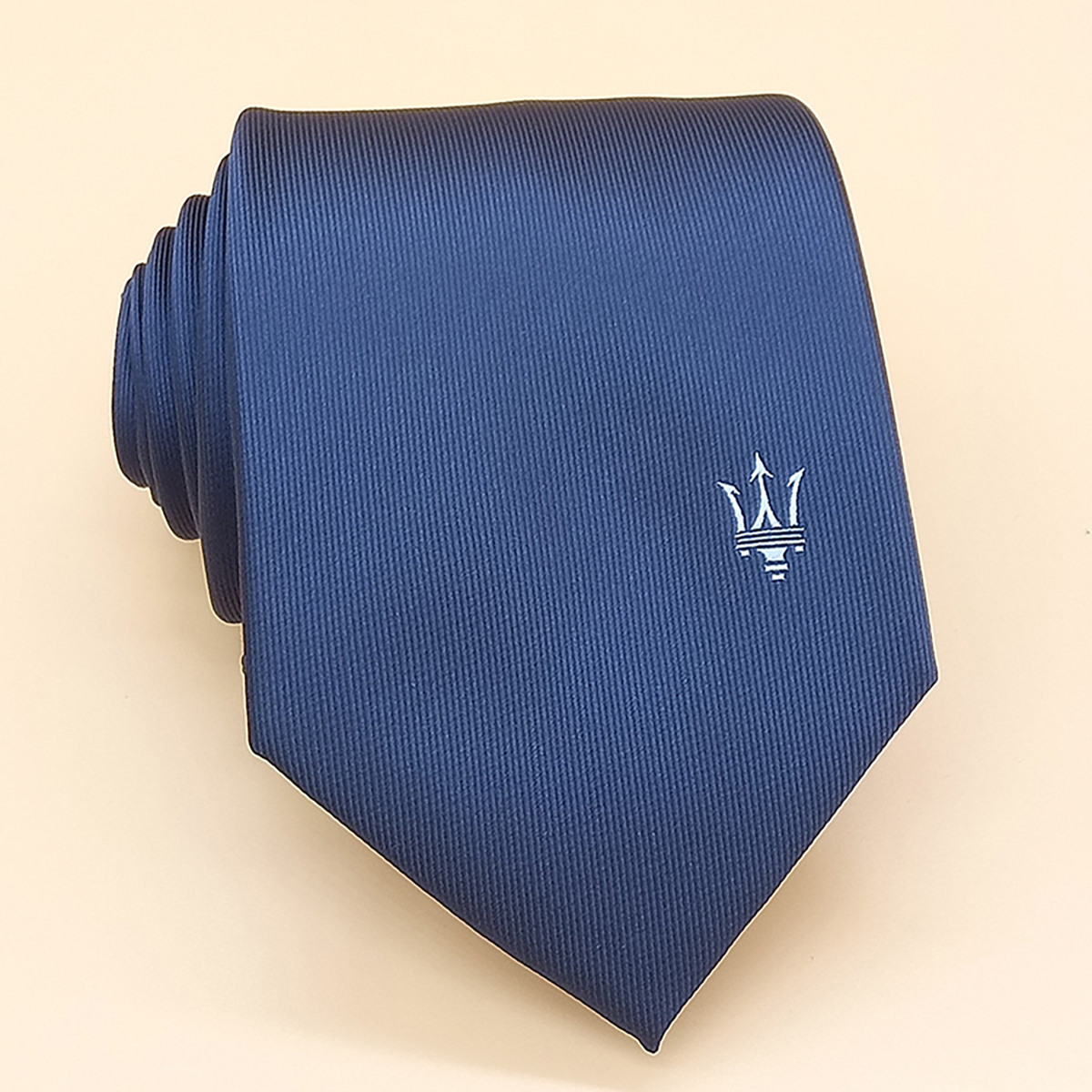
The process of creating Thai silk scarves is similar to that of Mulberry silk scarves, with the main difference lying in the type of silk used and the weaving techniques employed. Thai silk scarves are often hand-woven on traditional looms, adding a unique touch of craftsmanship to each piece.
Whether you prefer the luxurious softness of Mulberry silk or the vibrant colors of Thai silk, a visit to a silk hat factory that specializes in scarf manufacturing is sure to be a fascinating and educational experience. From the careful selection of silk fibers to the intricate weaving and finishing techniques, the process of creating silk scarves is a true labor of love that results in a product of unparalleled beauty and quality.
A Behind-the-Scenes Look at Thai Silk Manufacturing Techniques
Silk has long been considered a luxurious and highly sought-after fabric, known for its softness, sheen, and durability. One of the most famous types of silk is Thai silk, which is renowned for its vibrant colors and intricate designs. Thai silk is made from the cocoons of the mulberry silkworm, which is native to Thailand. The process of creating Thai silk is a labor-intensive one that requires skill, patience, and attention to detail.
To truly appreciate the artistry and craftsmanship that goes into creating Thai silk, one must visit a silk hat factory that specializes in mulberry silk scarf manufacturing and Thai silk manufacturing. These factories offer a behind-the-scenes look at the intricate techniques used to produce this exquisite fabric.
As you step inside the factory, you are immediately struck by the sight of rows of looms, each one meticulously weaving threads together to create intricate patterns and designs. The sound of the looms clicking and clacking fills the air, creating a rhythmic symphony of craftsmanship.
The first step in the process of creating Thai silk is the cultivation of the mulberry silkworms. These tiny creatures are raised on mulberry leaves, which are their primary source of food. The silkworms spin their cocoons, which are then carefully harvested and unraveled to extract the silk threads.
Once the silk threads have been extracted, they are dyed using natural dyes made from plants, fruits, and flowers. This is where the vibrant colors of Thai silk come to life, as skilled artisans carefully mix and apply the dyes to create stunning hues and shades.
After the silk threads have been dyed, they are carefully woven together on the looms to create the final fabric. The weavers use traditional techniques that have been passed down through generations, ensuring that each piece of Thai silk is a true work of art.
One of the most fascinating aspects of Thai silk manufacturing is the intricate patterns and designs that are woven into the fabric. These designs are often inspired by nature, with motifs such as flowers, birds, and butterflies adorning the fabric. Skilled artisans use a combination of traditional weaving techniques and modern technology to create these intricate patterns, resulting in stunning pieces of Thai silk that are truly one-of-a-kind.
As you watch the weavers at work, you can’t help but be amazed by their skill and precision. Each movement is deliberate and calculated, as they carefully manipulate the threads to create the desired pattern. It is a mesmerizing sight to behold, and one that truly showcases the artistry and craftsmanship that goes into creating Thai silk.
After the fabric has been woven, it is carefully inspected for quality and consistency. Any imperfections are painstakingly corrected, ensuring that each piece of Thai silk meets the highest standards of excellence. The finished fabric is then washed, dried, and pressed to give it its signature sheen and softness.
Visiting a silk hat factory that specializes in mulberry silk scarf manufacturing and Thai silk manufacturing is a truly enlightening experience. It offers a rare glimpse into the world of Thai silk production, allowing you to witness firsthand the skill, dedication, and artistry that goes into creating this exquisite fabric. It is a testament to the rich cultural heritage of Thailand and the enduring beauty of Thai silk.


